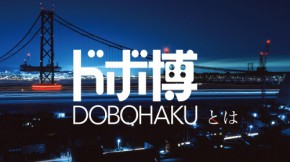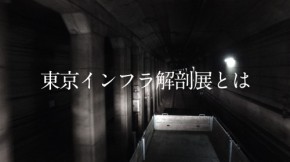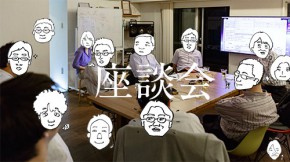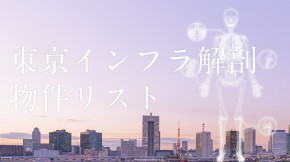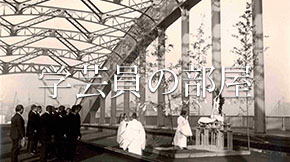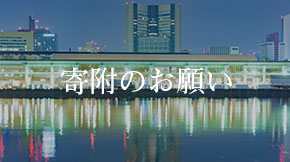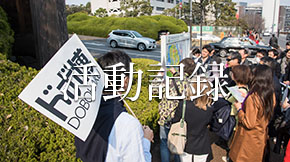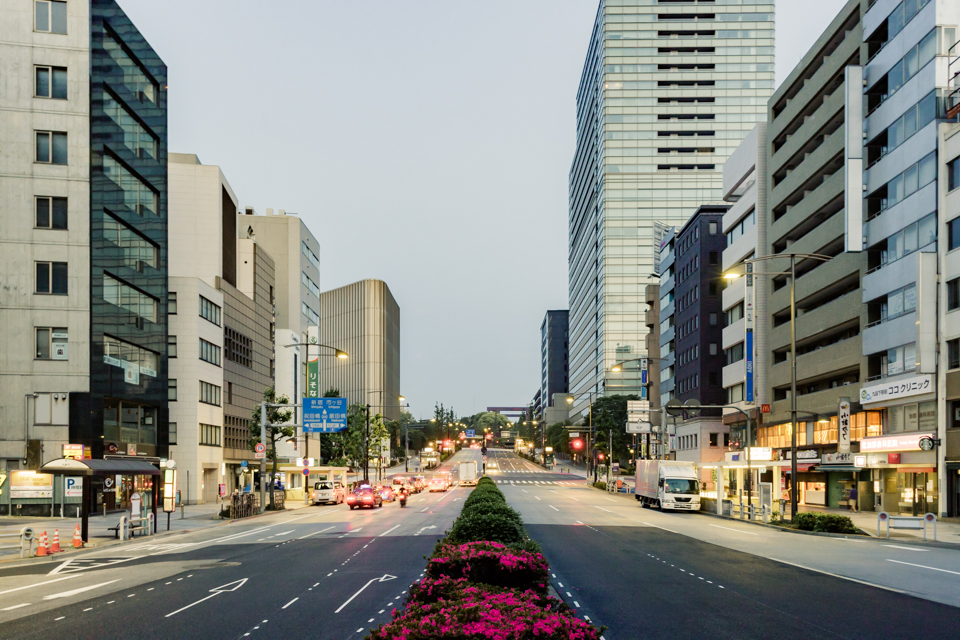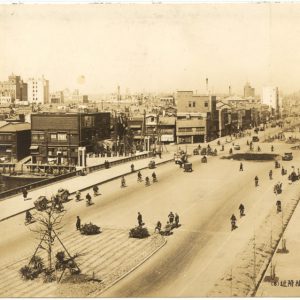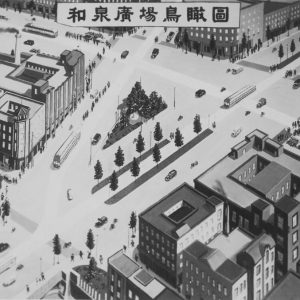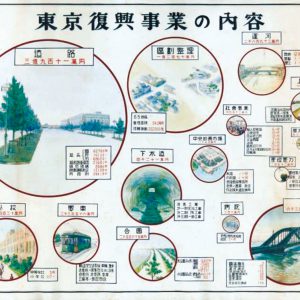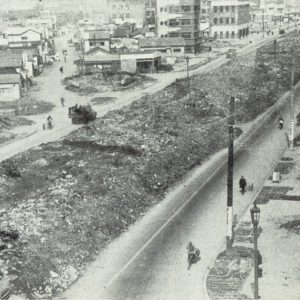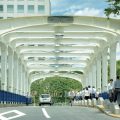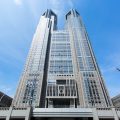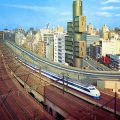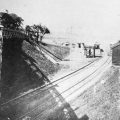After the Great Kanto Earthquake in 1923, most of the reconstruction budget was spent on the road project. The most important of them were trunk line no.1, Showa-dori street, and no. 2, Taisho-dori street (current Yasukuni-dori Street). If Showa-dori street is the north-south axis connecting the north terminal (Ueno station) and south terminal (Shimbashi station) at that time, Taisho-dori street is an east-west axis parallel to JR Sobu line passing through national stadium of Sumo and reaching Chiba.
These two roads are not only the axis of car traffic, but also afterwards provided valuable space for the infrastructure of Tokyo to overlap. The Hibiya subway line and the Toei Asakusa subway line pass under Showa-dori street, and the Metropolitan Expressway No. 1 passes over the street. As for the Taisho-dori street, the Toei Shinjuku subway line and the Hanzomon subway line was constructed, and the first utility corridor was built near Kudanzaka.
These two thick “blood vessels”, which were created in the 1920s, played an important role in constructing advanced “circulatory system” in response to the demands of each times. While paying a lot of sacrifices to the urban landscape, urban “fresh blood” continues to flow in Tokyo. (D.Kitagawa)
| Type | Road | |||||
| Location | Chiyoda-ku | Tokyo | Chuo-ku | Minato-ku | Taito-ku | Shinjuku-ku |
| Scale | extension 11.2 km (Yasukuni-dori street) | |||||
| Completion year | 1928 (Showa-dori street) |
